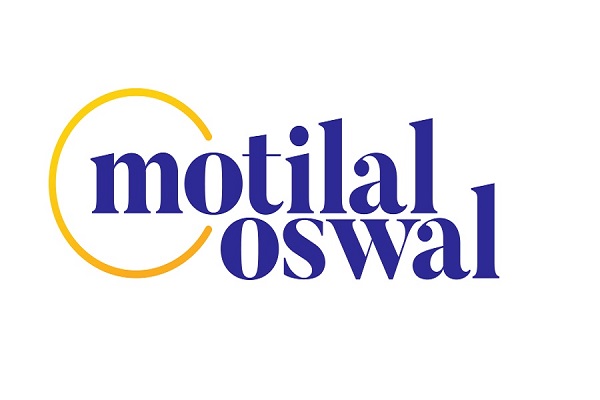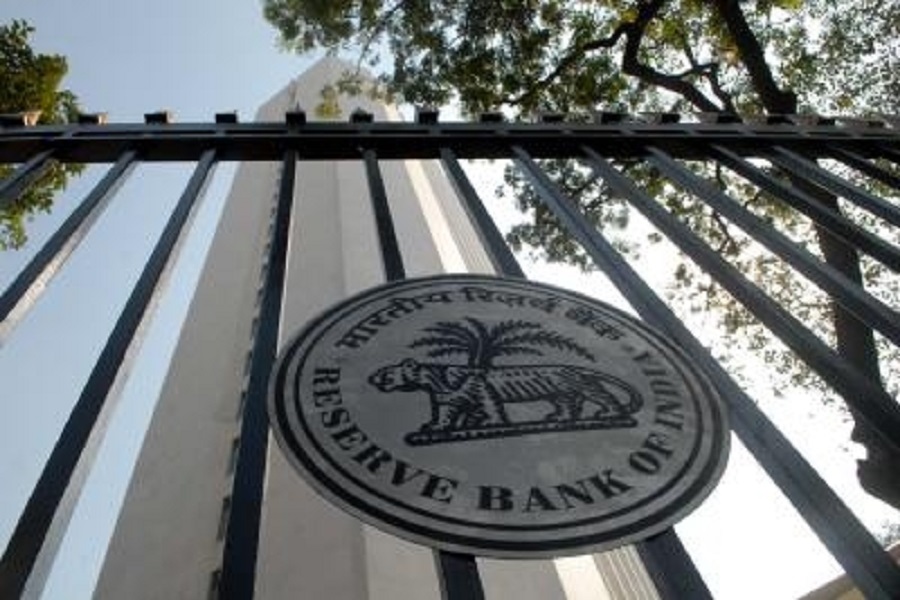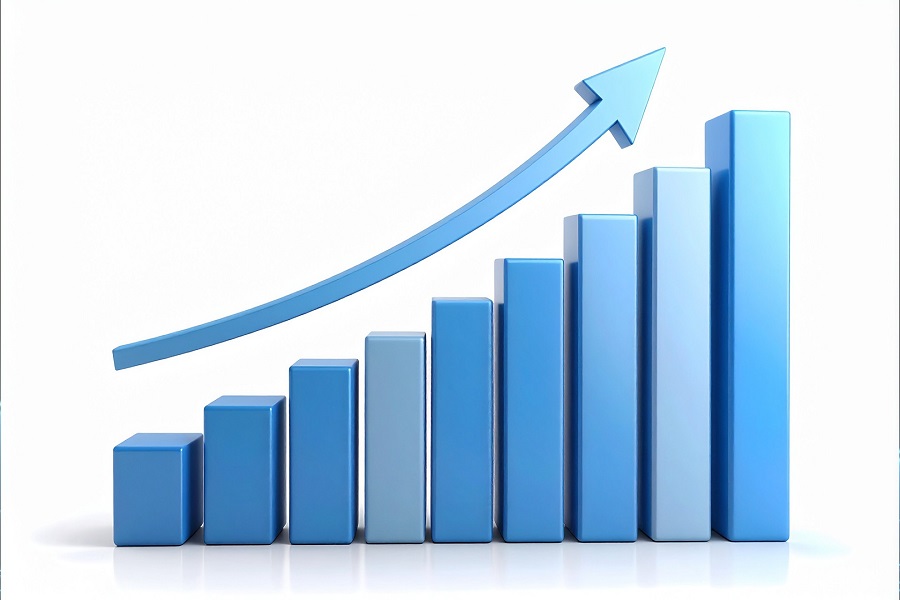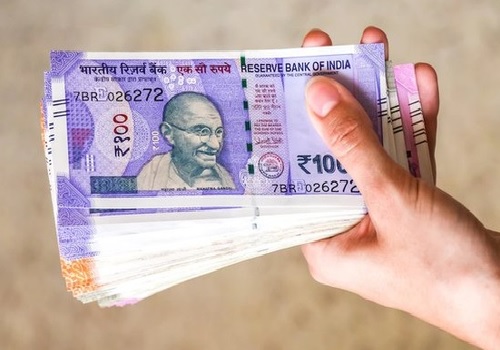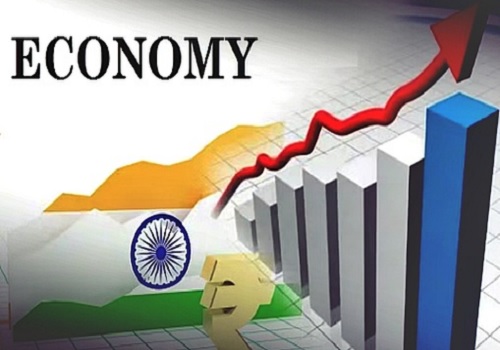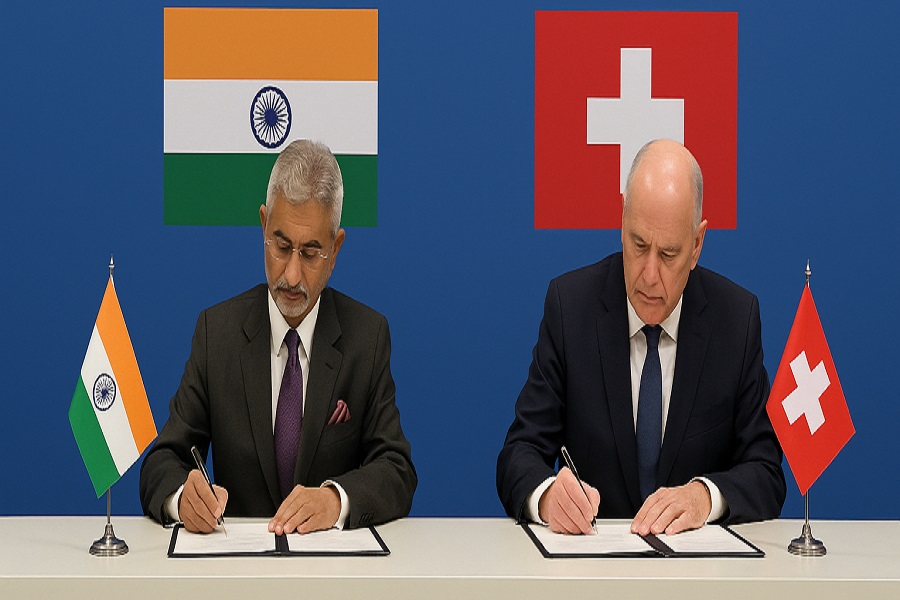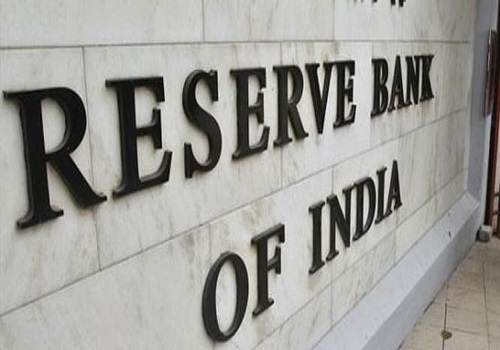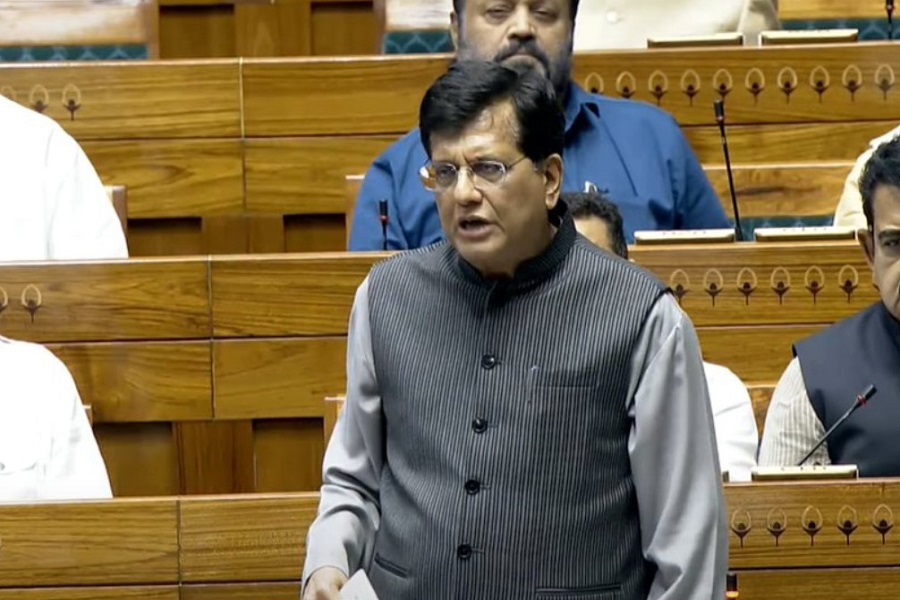Economy : Goods trade deficit widens in April By Kotak Institutional Equities

Goods trade deficit widens in April
The goods trade deficit in April widened from March levels to US$26.4 bn, led by a sharp fall in non-oil exports. The services trade surplus remained broadly steady at ~US$18 bn. We maintain our FY2026 CAD/GDP estimate at 1% (FY2025E: 0.7%), factoring in uncertainties from tariff and trade-related policies. We remain wary of risks from geopolitical tensions and global monetary policy cycles.
Exports in April remain steady
Exports in April increased 9.0% yoy to US$38.5 bn (March: US$42.0 bn) (see Exhibits 1-2). The sequential drop was led by lower non-oil exports, while oil exports increased by 51% (see Exhibits 3-5). Compared to March levels, non-oil exports in April were weighed down mostly by engineering goods along with electronic goods and chemicals (see Exhibit 6). Compared to April 2024, nonoil exports rose by 10.1%
Sharp jump in imports in April
Imports in April increased by 19.1% yoy to US$64.9 bn (March: US$63.5 bn) (see Exhibits 1-2). Sequentially, oil imports rose and non-oil imports fell marginally (see Exhibits 3-5). Within non-oil imports, the fall was the most in gold imports (gold prices were sequentially higher in April 2025), offset by the rise in the rest of non-oil import products, keeping non-oil imports flat overall (see Exhibit 6). The trade deficit widened to US$26.4 bn.
Services trade surplus remains high
The services trade surplus in April at US$17.8 bn marginally moderated from March’s upwardly revised print of US$18.1 bn (March’s surplus as per the initial release was at US$17.9 bn) (see Exhibit 7). For now, we continue to pencil in a modest increase in services trade surplus in FY2026 over FY2025
External balance remains comfortable, though uncertainty continues
In FY2026E, we estimate CAD/GDP at 1% and BOP deficit at US$3.6 bn in our base scenario of an average crude price of US$70/bbl. We note that a US$5/bbl decline in crude prices can lower CAD/GDP by 20 bps (see Exhibit 8). We assume the goods trade deficit to expand moderately from FY2025 levels but the external sector to remain manageable given a strong services trade surplus and moderate capital inflows. However, we remain wary of risks from (1) uncertainties from tariff policies and consequent impact on trade flows and (2) adverse impact on capital flows due to a weak global growth outlook as well as investment outlook, geopolitical tensions and global monetary policy cycles. We expect USD-INR to remain in a wide range of 83-88 in FY2026E, as the RBI continues to manage large volatilities while letting the INR adjust to market forces.
Above views are of the author and not of the website kindly read disclaimer
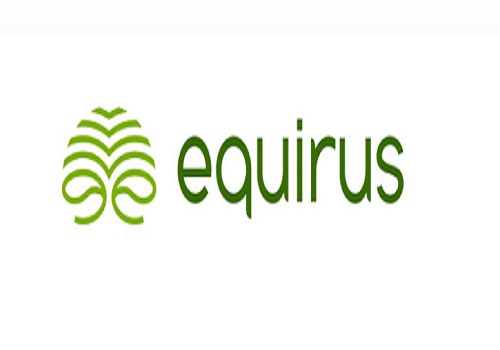



.jpg)


